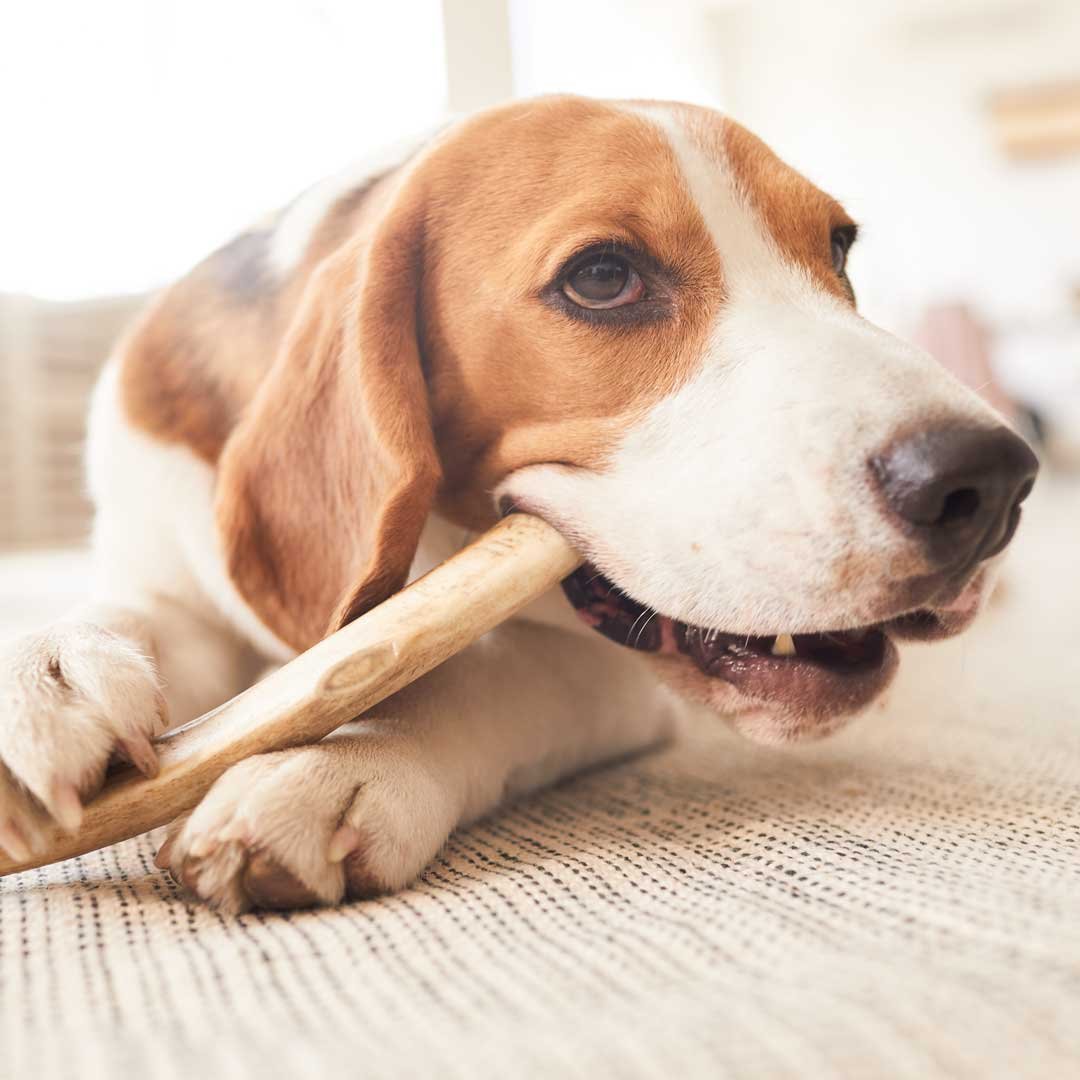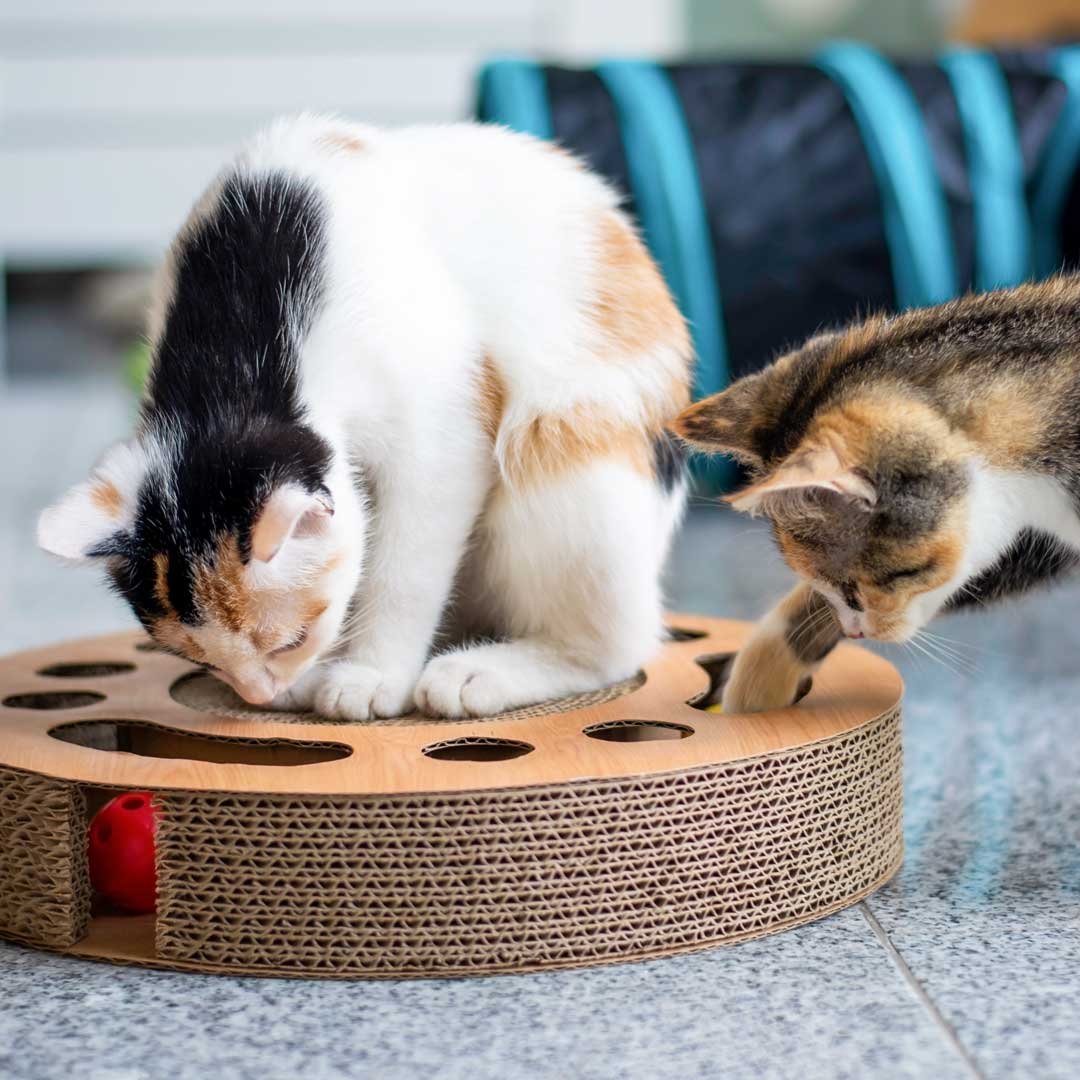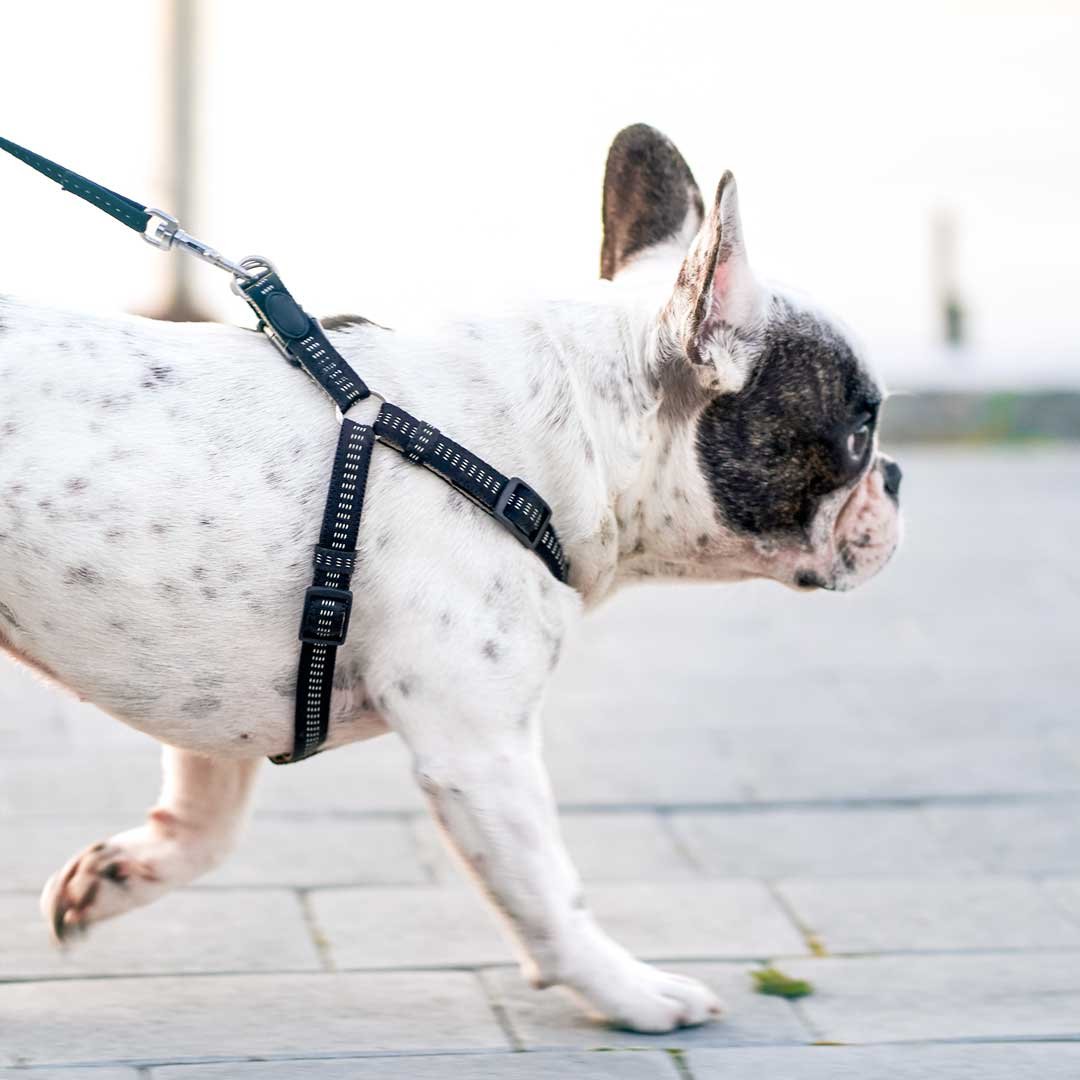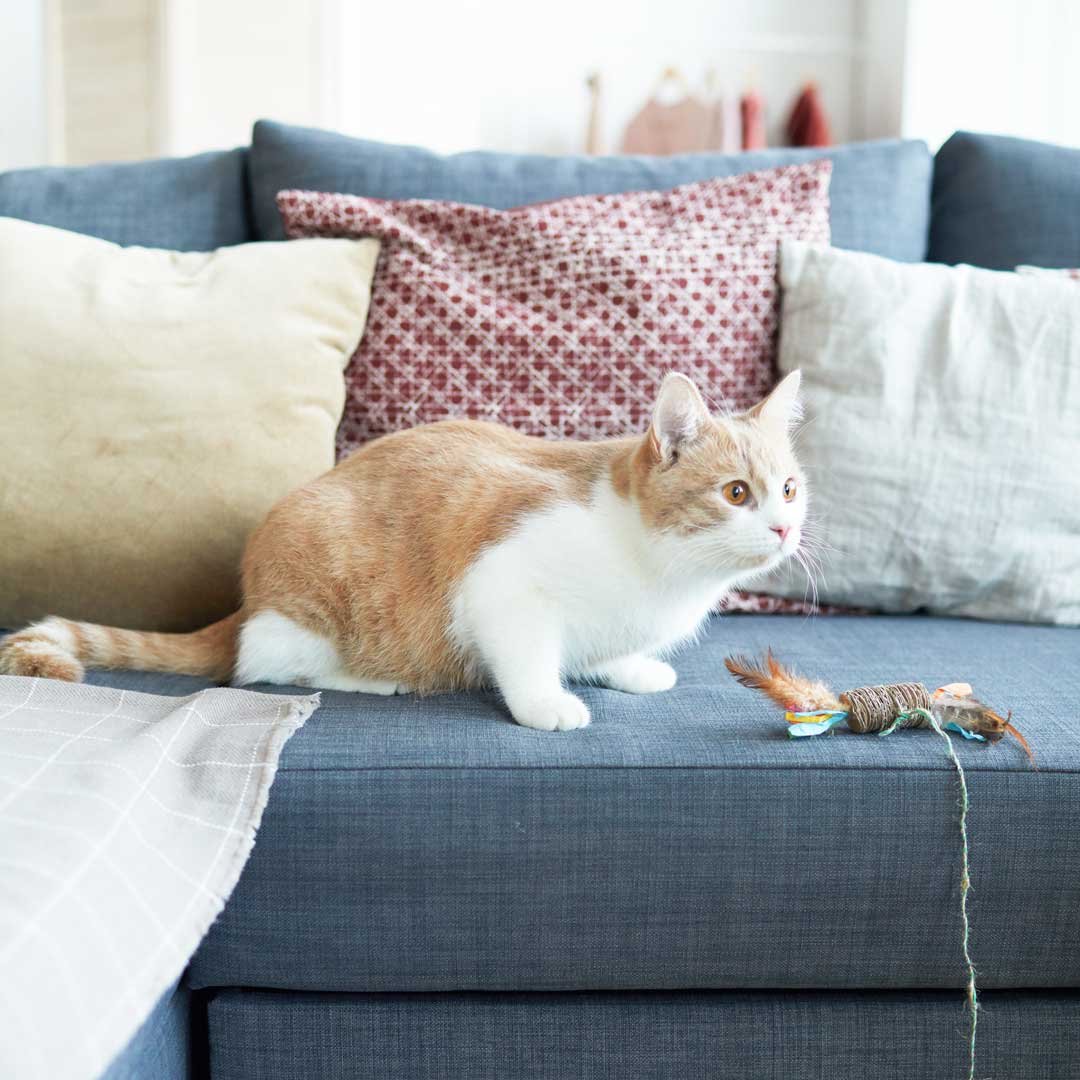The Shih Tzu is not just any toy dog. It has a lineage over 1,000 years old, starting in Tibet1. Known as ‘Lion Dogs’, people thought they helped with sacred tasks like turning prayer wheels. But, their real job was being friends. They got their name because they look like lions in old Tibetan drawings. These dogs were precious presents for Chinese rulers. Reaching the Imperial Palace, they showed how adaptable they were, fitting in with the various climates. Over time, by mixing with local dogs, traits of today’s Shih Tzu came to be.
Key Takeaways
- The Shih Tzu breed has a history spanning over 1,000 years1.
- These dogs were revered in both Tibetan and Chinese cultures for their companionship, not ceremonial roles.
- Their name ‘Lion Dog’ stems from their resemblance to lions in Tibetan art.
- Shih Tzus adjusted well to the climate in the Chinese Imperial Palace and interbred with local breeds1.
- The modern Shih Tzu carries distinctive features developed through centuries of selective breeding.
Origins and Ancestry of the Shih Tzu
The Shih Tzu’s history is truly interesting, starting with its roots linked to the Tibetan Lion Dogs. These dogs were famed for their loyalty and deep cultural significance. While many think of them as Chinese, their true story involves Tibet, which adds more depth to their heritage.
Tibetan Beginnings
The Shih Tzu’s story starts with the Tibetan Lion Dogs, known for protecting big guardians and as symbols linked to the Buddha Manjusri. They were not just guard dogs but also valued as companions, holding a special place in Tibetan culture. The breed predates its wider fame by over 1,000 years, showing its long history in Tibet2.
Arrival in China
The Shih Tzu’s journey took a significant turn when it arrived in China. Hailing from Tibet, the breed found a new home in the Chinese Imperial Palace. It was here that its iconic look started to take shape, marking the beginning of the Shih Tzu we know today2. Gifted as tributes, they quickly became cherished pets within the palace grounds.
Role in Ming Dynasty
In the Ming Dynasty, Shih Tzus had a role beyond mere companionship. Their place in the Ming court was a testament to their high standing and the breed’s development over time. Thanks to mixing with other local dogs, their special traits appeared. Even facing challenges during the Communist Revolution, the Shih Tzu endured, showing remarkable resilience2.
Shih Tzu in Chinese Royalty
At the Chinese Imperial Palace, the Shih Tzu had a perfect home to grow. They were very important in Chinese noble families. Especially during Dowager Empress Cixi’s rule, these little yet grand dogs were loved.
Dowager Empress Cixi’s Breeding Program
Dowager Empress Cixi played a big part in making the Shih Tzu breed special. She started special royal breeding plans to make them look and act even better. Thanks to her, Shih Tzus became very special in Chinese nobility. We think today’s Shih Tzus come from 13 dogs brought to England and Scandinavia between 1928 and 19523.
Royal Adoration and Artistic Representations
People outside the palace also loved Shih Tzus, especially artists. They made many paintings and decorations of Shih Tzus. This celebrated the dogs’ beauty and their role in high society.
The Shih Tzu’s beautiful coat was highly respected by the nobility. They loved the different colours it came in. Colours like black & white, brindle, gold & white, and more were favourites4. This made the dogs even more special to the royals. It was in this time that the Shih Tzu started becoming very popular, all thanks to art and careful breeding.
Introduction of the Shih Tzu to the West
The Shih Tzu came to the Western world thanks to Lady Brownrigg. She was key in getting the breed to England. By bringing several pairs of Shih Tzus, Lady Brownrigg laid the cornerstone for their growth in the West.
Lady Brownrigg and the First English Imports
From 1928 to 1952, 13 Shih Tzus were brought into England and Scandinavia. They laid the foundation of the breed we know today3. It was all thanks to Lady Brownrigg’s work. She made sure the Shih Tzu survived and became popular. She helped start the Shih Tzu Club to keep their standards and teach how they were different from other Oriental breeds5.
Post-War Development and Growing Popularity
The years after the war were big for the Shih Tzus. They were officially recognised in Britain in 19465. There were also significant mixings with a Pekingese in 1952. This mix was a bit controversial but helped make the Shih Tzu even better35. The Shih Tzu Club also helped set these new standards and make the breed known5. In 1969, they were included in the AKC Stud Book. This was a big deal for their standing in the dog world3.
In the US, the American Shih Tzu Club was started in 1963 by three groups. They helped make the Shih Tzu very popular, especially as a toy dog. They were loved by famous people like Queen Elizabeth II and Miley Cyrus3. The Shih Tzu’s story in the West began with Lady Brownrigg and grew with post-war excitement. Today, they are among the most-loved dogs in homes everywhere.

Physical Characteristics of the Shih Tzu
The Shih Tzu comes from Tibet and China. It is famous for its unique look and strong body. It is small, only 8 to 11 inches tall and weighs 9 to 16 pounds. It has a firm but little frame67. Their face looks like an “owl head” or “lion head” with big, dark brown eyes and a special “frog mouth” look. This makes them very appealing to people worldwide.
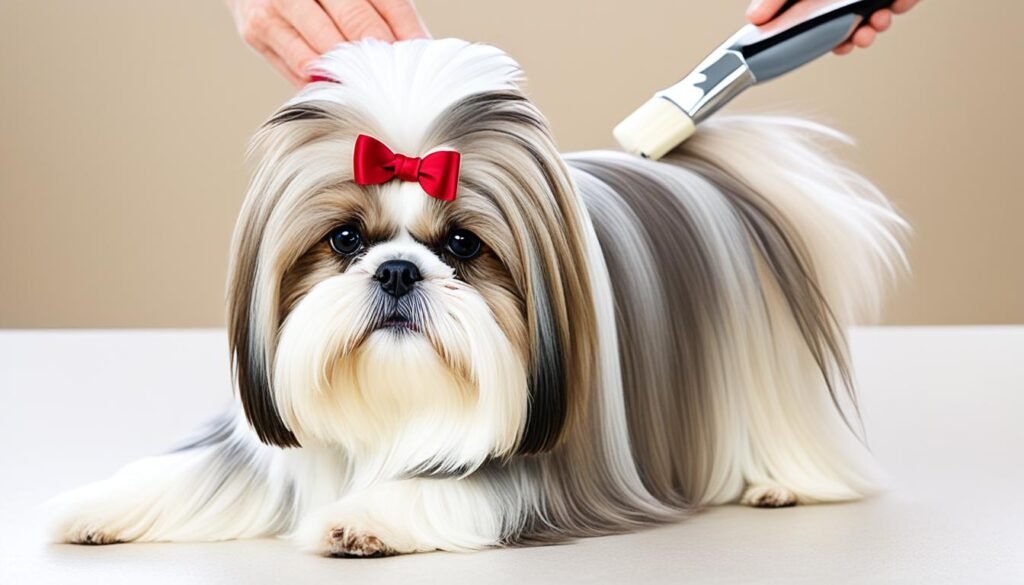
The Shih Tzu has a beautiful double coat. Taking care of their coat means lots of grooming to stop it from tangling. This grooming is key to keeping them healthy and looking good. A Shih Tzu is expected to be around 26.7 cm tall, showing they are of top show quality.
They need very little exercise, which is perfect for living in an apartment6. However, a little exercise is important to keep them fit and prevent them from getting too heavy. It’s also vital to watch out for health issues they are prone to, like problems with their teeth, eyes, and breathing7. Usually, Shih Tzus live a long time, from 10 to 16 years67.
Looking after a Shih Tzu means they not only fit the breed’s high standards but also enjoy a vibrant life. Good health care and regular grooming are the keys. This will ensure a Shih Tzu looks and feels great.
Shih Tzu Temperament and Behavior
The Shih Tzu is famous for being warm and loyal, making many owners happy8. They are not just pets; they become part of the family. Their gentle nature fits well in most homes, bringing joy to their owners.
Affectionate and Loyal Companions
Shih Tzus can get upset when without their family, showing they really care8. This makes them great for people who can give them a lot of love and time. They are also friendly with everyone at home, including other pets, and don’t get angry easily8.
Adaptive Nature
Shih Tzus can live comfortably in both big and small spaces7. They don’t act bossy or bark a lot like some other small dogs. This makes them a good fit for city life and different kinds of families8.
What they eat is really important for their health and mood. It should match their medium activity level and keep them healthy87. This shows how unique and adaptable Shih Tzus are. They need proper care, including the right food, to be their best.
Conclusion
The journey of the Shih Tzu from Tibet to Western homes shows their amazing ability to fit in and be loved. They are a favourite tiny breed, known for their over-a-thousand-year history. In 1969, the American Kennel Club recognised them. They almost disappeared during China’s big change but survived because of 14 dogs9.
Shih Tzus are friendly and love being around people. They need a lot of care, especially regular cleaning and grooming. Their beautiful, soft hair comes in many colours. They are small, making them perfect pets for most homes10.
Many famous people have owned Shih Tzus, like Mariah Carey and Queen Elizabeth II9. Despite their strong will, they are very loved pets. They are among the top 20 favourite breeds, according to the American Kennel Club. This is because of their kind hearts and how they love to be with their owners.
Looking after a Shih Tzu needs a lot of work, especially their health and cleanliness. They should have their teeth cleaned often and be given medicine to prevent worms. A good diet and a bit of daily exercise are also necessary. These routines help them live long and healthy lives. Some have even lived for over 20 years, like one in Florida that reached 239.
In the end, the Shih Tzu’s long history and lovely traits have made them very beloved. Their look and behaviour show their noble past and how they are great friends today.
FAQ
What are the main characteristics of the Shih Tzu breed?
How did the Shih Tzu evolve from Tibetan Lion Dogs?
What role did Dowager Empress Cixi play in the breeding of Shih Tzus?
Who was responsible for introducing the Shih Tzu to the Western world?
What are the grooming requirements for a Shih Tzu?
What is the temperament of a Shih Tzu?
How much exercise does a Shih Tzu need?
What is the best food for a Shih Tzu?
Source Links
- https://www.theshihtzuclub.co.uk/shih-tzu/breed-history
- https://www.akc.org/expert-advice/lifestyle/fun-facts-shih-tzu/
- https://www.akc.org/expert-advice/dog-breeds/shih-tzu-history-royal-tibetan-dog-saved-extinction/
- https://en.wikipedia.org/wiki/Shih_Tzu
- https://nsstr.rescuegroups.org/info/display?PageID=14974
- https://www.pawlicy.com/blog/shih-tzu-dog-breed/
- https://dogtime.com/dog-breeds/shih-tzu
- https://www.petplan.co.uk/pet-information/dog/breed/shih-tzu/
- https://www.dogster.com/lifestyle/facts-about-shih-tzu
- https://www.petduka.com/en/knowledge-base/dog-breeds/shih-tzu/


